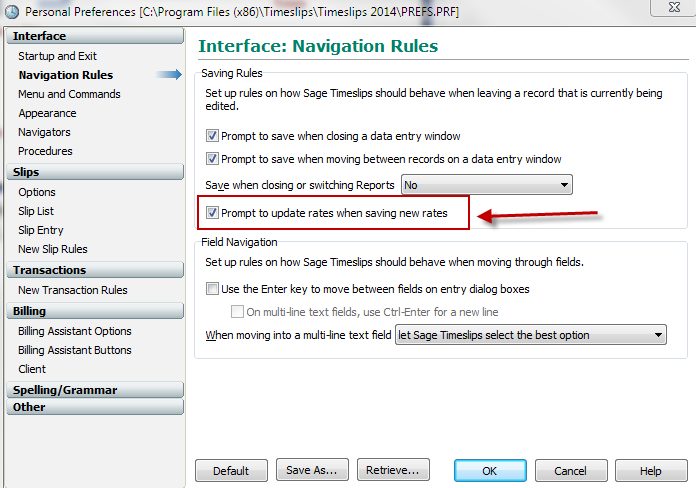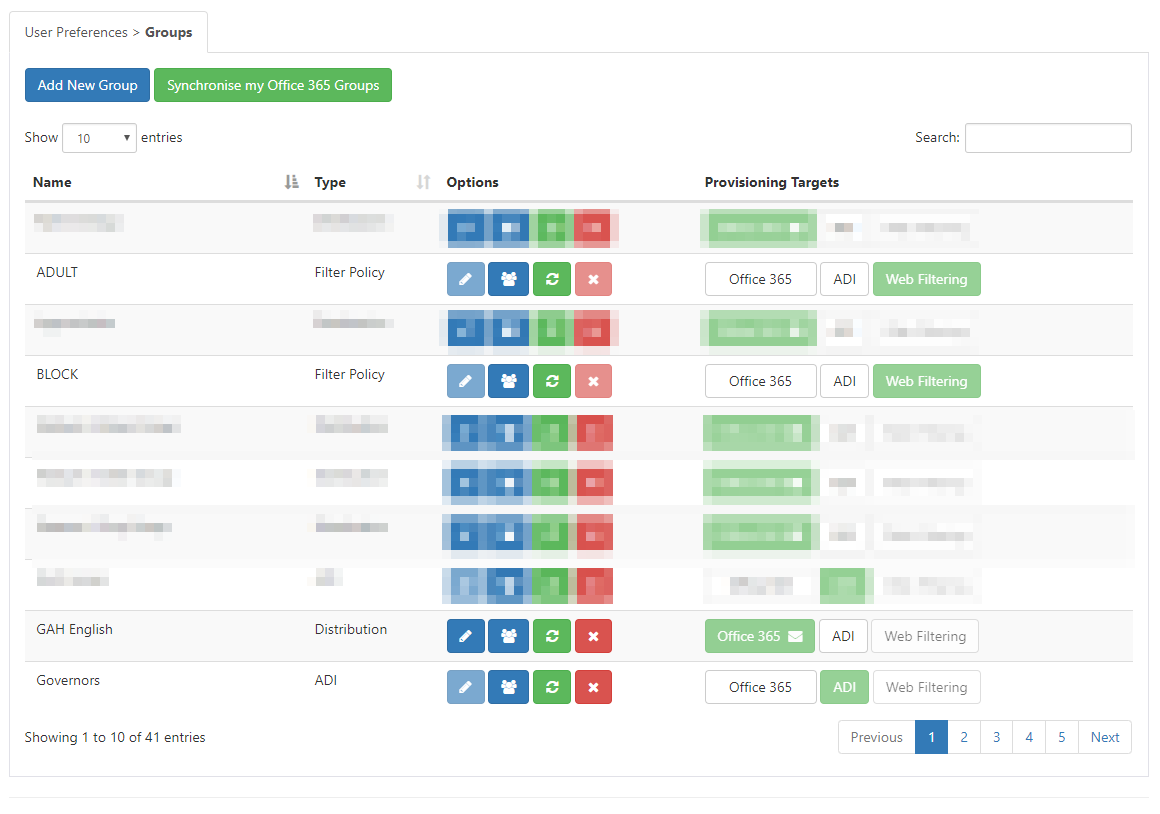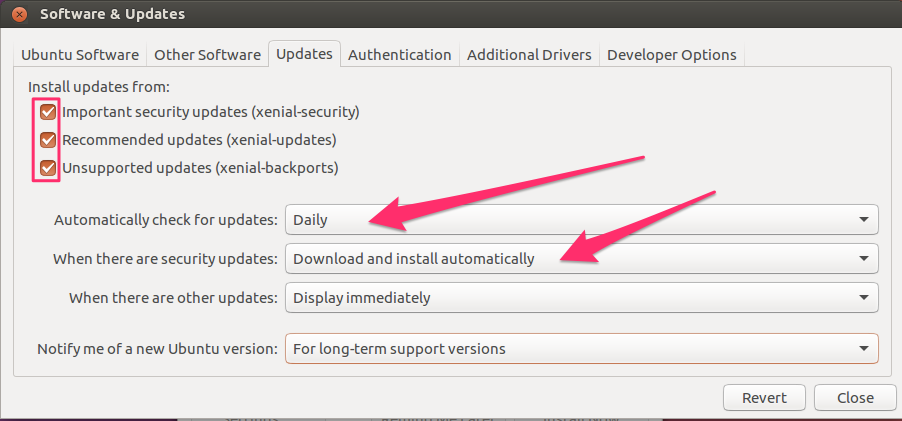
Of course, to get that data from customers requires a clear, user-friendly interface to request those preferences, and a back end platform that can organize, store and share them with other relevant systems to deliver those personalized experiences. If data comes directly from the customer, technologies like tracking cookies aren’t even needed. It is consensually provided and is considered the gold standard for quality. There are no “degrees of separation” between data about the customer and the company that is interested in it. It doesn’t rely on third-party tools to collect it, and doesn’t require inferring customers’ preferences from their behavior.
#Update list preference manager update
How often do they want to be contacted? What topics interest them? Do they want to know when there’s an update relating to a product or service? This is called zero-party data because it is made up of customers’ expressed personal preferences, voluntarily provided. There are clearer benefits to the customer in providing accurate information, and it hands control over the brand relationship to them.

Multi-channel preference collection removes the “middle man” that is usually technology the customer isn’t even aware of. Or it should, as long as those disparate channels can work together to deliver data and insights cohesively.Ĭompanies also can - and should - ask their customers directly.

All that data about interests and behaviors form a detailed profile of the customer and the basis of their relationship with a company. They also have plenty of communication channels via which they engage customers: postal mail, email, SMS, mobile notifications, chat, etc. All together making preference management and consent management a winning combination.Ĭompanies learn about their customers across many channels: website and app browsing, ecommerce, forms, ad engagement and more. That will drive more secure, better controlled, and higher quality data increased revenue and growth decreased legal risk improved customer transparency and trust and stronger long-term brand relationships. In good news for companies and customers, the way forward has consent at its core. The alternative in the near future will be scrambling and risking regulatory penalties and revenue loss while spending far more time and resources to adapt reactively. It enables better security and data compliance, more control over access to and use of data, and better integration among the platforms that power companies’ marketing operations.Īdopting these new approaches and tools for data strategy and customer relationships now is a proactive measure that enables companies to leverage a competitive advantage and exciting new opportunities. The movement away from reliance on third-party data is good for companies and customers. Companies just need better ways to do it, starting with a move to the use of first-party cookies, or, even better, asking their customers for their preferences and consent to use the information, getting that voluntarily directly from those customers, and using it to more precisely manage all customer data, communication preferences, advertising and more.

Tracking and data collection won’t end when the use of third-party cookies does, however. Customers are demanding more control over their data and engagement with companies, and also more personalized experiences.

third-party cookies) are being phased out in favor of first-party or zero-party data. Several data-centric evolutions are in progress, which businesses can either get ahead of and take advantage of now, or be left scrambling to catch up.


 0 kommentar(er)
0 kommentar(er)
